Balloon drama sparks ‘big redesign’ of American defence
The saga of the Chinese spy balloon has done Joe Biden a favour. Countering Beijing’s threat is finally at the top of Washington’s ‘to do’ list.
The saga of the Chinese spy balloon has done Joe Biden a favour. The shooting down of the balloon by an F-22 fighter off the US coast has done more to focus the attention of the American public on the threat posed by Beijing than any single policy announcement could.
As such, it will give the President some timely political momentum in his growing push to build-up US military forces in the Pacific to prepare for possible conflict with China over Taiwan.
As the head of the Centre for a New American Security, Richard Fontaine, points out, there remains a disconnect between how seriously the White House takes the China threat compared to ordinary Americans.
Recent surveys show only a third of Americans believe the US should lead an international response to China’s rise.
“The perception of a China threat has grown significantly in recent years, but a gap between the public and Washington remains,” says Fontaine.
“The balloon may just have made the difference.
“It turns out that a vivid representation of Chinese intentions focuses minds to a far greater degree than inveighing against threats to the liberal international order or lamenting land reclamation in the South China Sea.”
Biden has quickly exploited this public anger towards Beijing, telling the country during his State of the Union address: “Make no mistake: as we made clear last week, if China threatens our sovereignty, we will act to protect our country.”
This all gives valuable political ammunition for Biden to continue to accelerate his moves to beef up US military preparedness in the Pacific to deter China’s threats against Taiwan.
Piece by piece, the US has stepped up its military build-up and preparations in the Pacific in recent months. These have often been reported by the media in a piecemeal way, but taken together they represent a hugely consequential development for Australia and for the region.
Last week the US announced it would beef up its military presence in The Philippines to its largest level in 30 years. This follows Washington’s backing for a major increase of Japan’s military capabilities in December, the deployment of more US forces for Guam, greater military aid to South Korea, and a looming escalation in US military involvement in Australia’s north – all in addition to the AUKUS nuclear-powered submarine project.
“What we’ve seen recently is very significant,” says Peter Jennings, a former senior Defence official and ex head of the Australian Strategic Policy Institute.
“It’s the start of a big redesign of America’s defence presence in the Asia-Pacific. At last we are starting to see some tangible results of America gearing for the greater military challenge that China is presenting.”
Washington has been increasingly alarmed by the sharp escalation in China’s rhetoric about reunification with Taiwan, including the threat by its foreign minister Wang Yi at the UN that another country which stood in the way of Chinese reunification would be “crushed by the wheels of history”.
The frenzied military exercises and war games which China launched off the coast of Taiwan last August following the visit of the then house Speaker Nancy Pelosi gave the Pentagon a glimpse of how China might approach an invasion.
Chairman of the US joint chiefs of staff General Mark Milley says China’s goal is to strengthen key military capabilities to levels required to potentially attack and seize Taiwan by 2027.
Top US Air Force commander General Michael Minihan went further, warning subordinates in a memo that “his gut” told him to be ready for war with China in two years. The Pentagon sought to distance itself from that report, but The Wall Street Journal in an editorial hailed Minihan as a truth teller.
Secretary of State Antony Blinken has warned that Beijing is “determined to pursue reunification” with Taiwan “on a much faster timeline” than previously thought.
A quick look at the map underlines just how significant last week’s US military deal with The Philippines is. The agreement, struck by US Defence Secretary Lloyd Austin, gives the US an expanded list of nine sites across The Philippines where the Americans can put military equipment and build facilities. It will make US troop movements to the Taiwan Strait much easier and will give US forces critical launch and resupply points in any war with China.
The move sets the scene for the largest US military presence in the Philippines since the early 1990s when the US had almost 6000 troops permanently stationed there.
“It is a big deal. It’s a really big deal,” said Austin, who travelled to Manila for the announcement. “This is an opportunity to increase our effectiveness (and) increase interoperability.
“These efforts are especially important as the People’s Republic of China continues to advance its illegitimate claims in the West Philippine Sea.”
Not surprisingly, The Philippines agreement has angered Beijing, which can clearly see the future dangers of such a close US military presence to Taiwan.
“The US side, out of selfish interests, holds onto the zero-sum mentality and keeps strengthening military deployment in the Asia-Pacific,” a Chinese foreign ministry spokesman said. “This would escalate tensions and endanger peace and stability in the region. Regional countries need to remain vigilant and avoid being coerced or used by the US.”
“Having increased US access to Northern Luzon, close to Taiwan, is really ensuring that The Philippines and the US alliance is going to have a front-and-centre role in Northeast Asian security and deterrence,” said Drew Thomson, a former US defence official now a visiting fellow at the National University of Singapore.
Jennings says The Philippines agreement is the first solid pushback against China in Southeast Asia in years.
“It’s all about pushing alliance interests right up to the first island chain in ways that will constrain China’s ability to use military force, and that is very significant,” he says. “There are also a range of military changes that are happening, not only with bases, but also with the design of the US Marines – whereby they are now emphasising much smaller forces using much longer-range weaponry.”
But The Philippines is only one flank of a broader US push to step up military co-operation across the Pacific, including with Japan, South Korea, India and Australia.
Tokyo has been the most significant of these, with Washington encouraging a dramatic shift in Japan’s approach to its own defence since Russia’s invasion of Ukraine and in the shadow of China’s threats towards Taiwan.
Japanese Prime Minister Fumio Kishida in December scrapped his country’s previous limitations of defence spending, which capped it at 1 per cent of GDP. Instead, his government is set to double its defence outlay to 2 per cent of GDP by 2027, making it the third-largest military budget in the world behind the US and China.
“Ukraine may be Asia tomorrow,” Kishida says. “Unilateral attempts to change the status quo by force are not acceptable.”
Japan will also seek to purchase hundreds of US-built Tomahawk cruise missiles as part of its build-up, in a dramatic shedding of its longtime pacifist constraints on military posture.
The move would give Toyko the ability to strike military targets on the Chinese mainland. The US is playing a key role in Japan’s military modernisation, including in cyberwarfare, undersea security and maritime defence.
“Japan is absolutely central and it is changing its strategic posture very quickly,” says Jennings.
“Ultimately, it is the combination of co-operation between the US, Japan and Australia which now becomes the key to deterring Chinese military adventurism. Trilateral co-operation between the three most consequential democracies in the region is, I think, the thing that China most fears and sees as getting in the way of its own defence ambitions.”
Beyond US-led diplomatic initiatives such as the promotion of the four-nation Quadrilateral Dialogue of the US, Japan, India and Australia, Washington is also quietly beefing up military capability across the region.
Austin also visited South Korea last week, where he reminded Seoul of the “iron-clad” US commitment to its security – which included “the full range of US defence capabilities, including our conventional, nuclear and missile defence capabilities”.
Such is the growing concern about China in Seoul that South Korean President Yoon Suk Yeol has floated the possibility of his country one day acquiring nuclear weapons of its own, a notion which the US has been keen to play down.
On the small US Pacific outpost of Guam, the US is building a new military base to relocate some 5000 marines to Guam from Okinawa. The build-up includes more submarines, ship repair facilities and a planned $1.3bn missile defence system.
On the tiny island nation of Palau, located between The Philippines and Guam, the US is installing a $US120m over-the-horizon radar by 2026 to boost its early warning capability in the western Pacific in response to the perceived threat from China.
Australia will also play a key and expanded role in hosting US forces as a part of the Biden administration’s Pacific build-up.
The forthcoming Defence Strategic Review – which will set Australia’s defence priorities for the next generation – is expected to call for an enhanced US military presence in Australia.
This is likely to include the more frequent rotation of US B-52 long-range bombers at RAAF Base Tyndal, 320km southeast of Darwin. The US has funded an aircraft parking apron at the base with space for up to six of the nuclear-capable bombers.
US bombers have been conducting training in Australia since 2005 but the new parking apron suggest the planes will be spending more time in Australia in the future
The US government says the Tyndal facility is required “to support strategic operations and to run multiple 15-day training exercises during the Northern Territory dry season for deployed B-52 squadrons”.
The strategic review is also expected to consider possible increases in size to the annual rotation of about 2500 US marines to the Northern Territory to train with Australian forces.
In addition, Defence Minister Richard Marles is expected to examine hosting US warships and US nuclear-powered submarines for longer periods at HMAS Stirling near Perth.
“Just as Southeast Asia is emerging as one of the central zones of strategic conflict between China and the US, Australia is becoming more strategically important as well,” says Jennings.
“When you combine that with what the Americans call their policy of ‘dispersal’, which is when in a time of crisis they’re going to move their military forces out of the big bases in Japan and Guam, then northern Australia becomes one of the places where American forces will disperse to.
“This includes B-52 flights, the repositioning of equipment, the building of fuel supplies, the growth of the marine presence – all of these are a part of America’s defence posture towards China.”
A key but much longer-term aspect of the US military build-up in the Pacific are plans to help Australia acquire a fleet of nuclear-powered submarines.
The AUKUS pact holds just as much strategic value for the US as it does for Australia because it will bind the two country’s military and industrial forces closer together for years regardless of when the first submarine arrives.
Jennings believes the activism we are now seeing from the US to beef up its military posture in the Pacific has been slow in coming but should be welcomed by the region.
“I think it has taken a long time to sink it and realise that this is the strategic threat we are facing,” he says.
“What we are beginning to see is real change in the US, Japan and Australia which says that while we may still be reluctant to talk about it, we are gearing up for the real threat of military confrontation.”
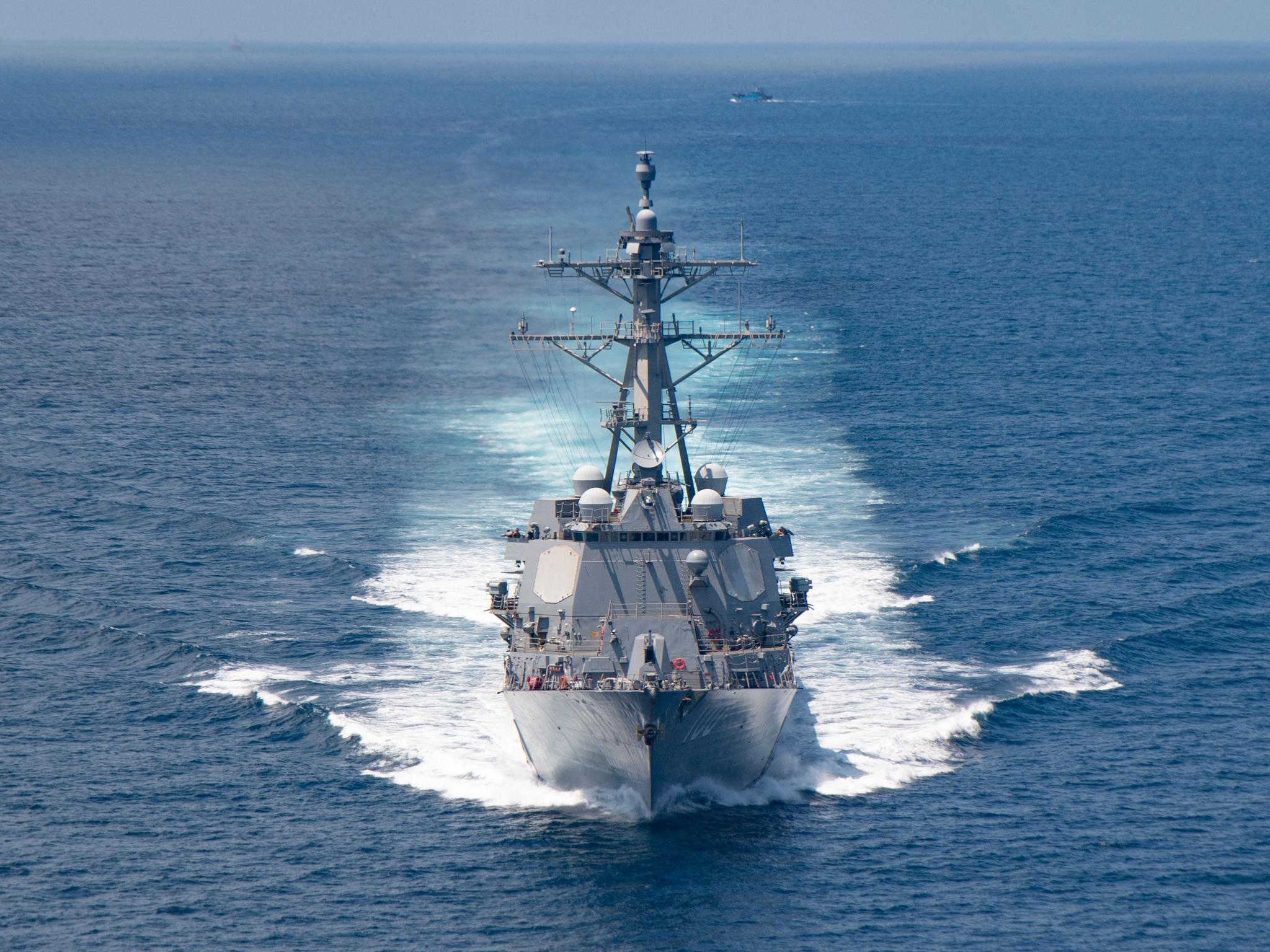

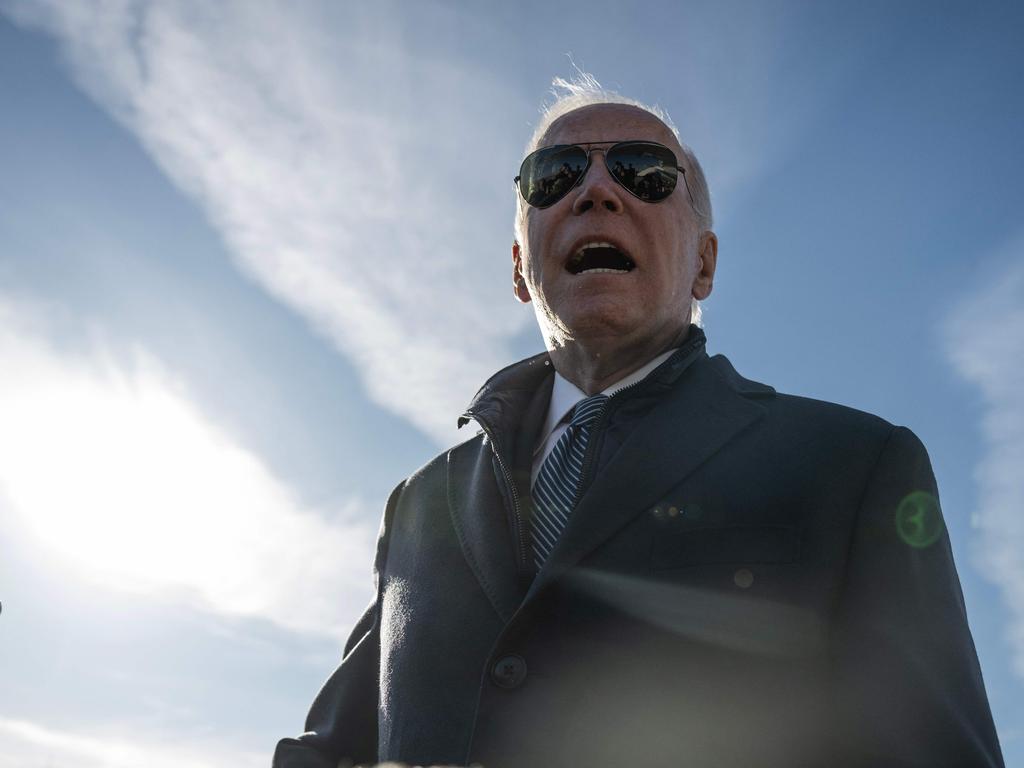

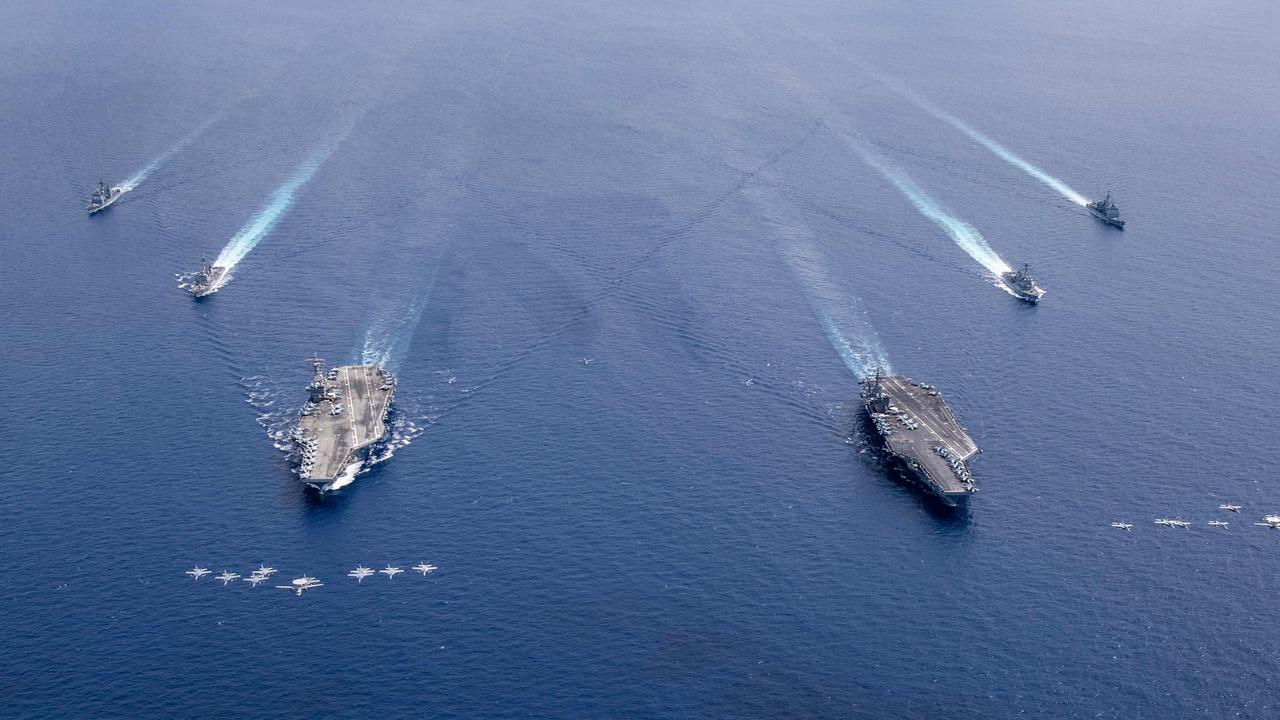
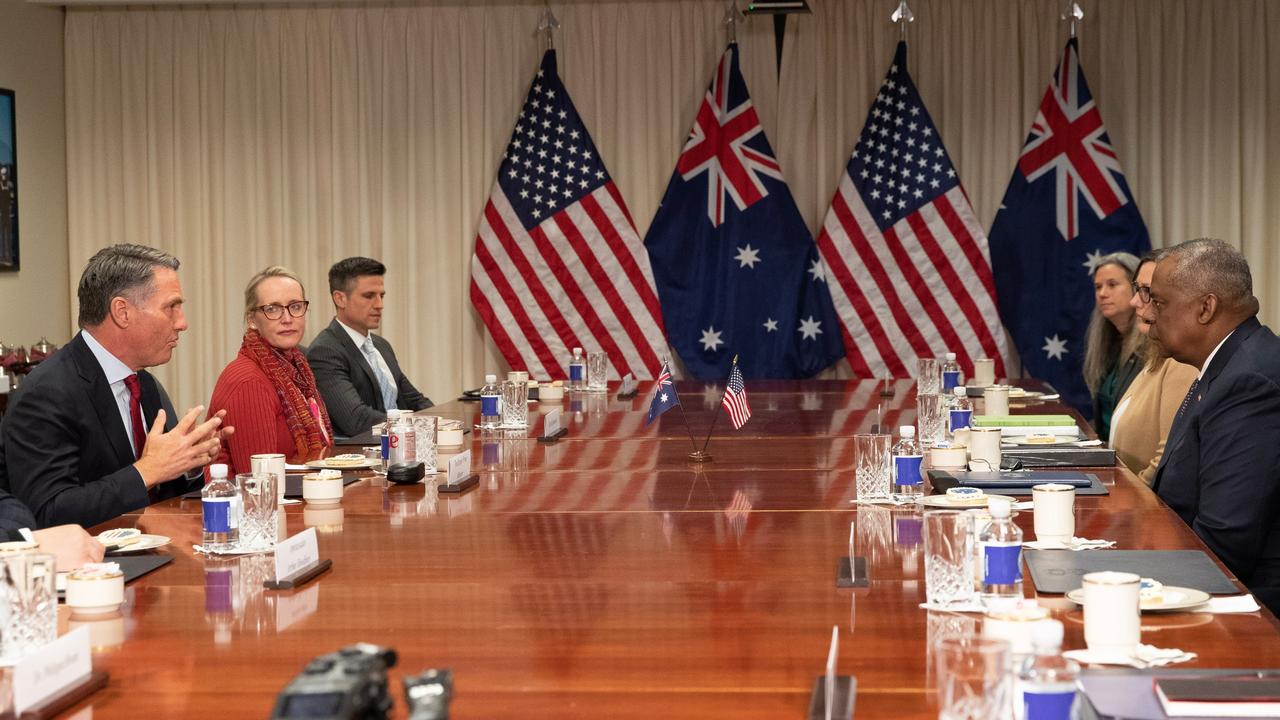
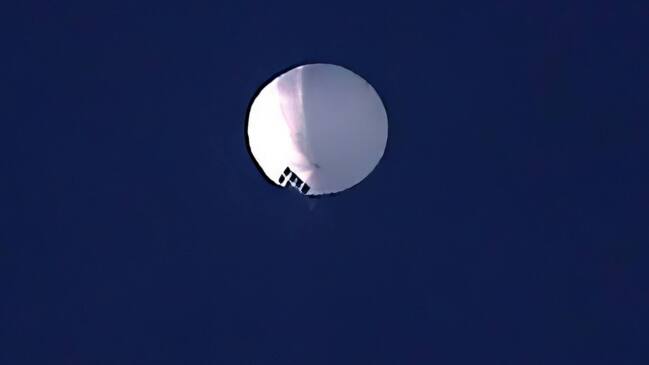
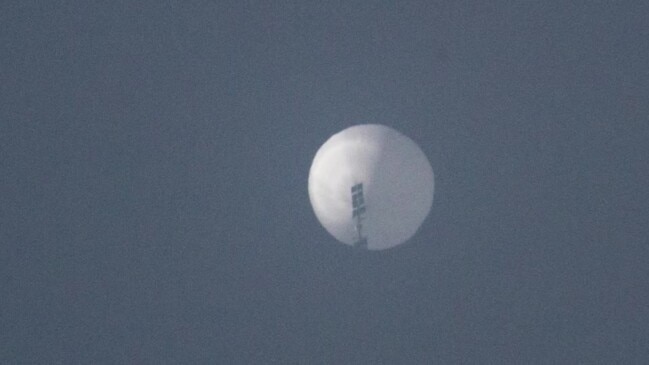
No comments:
Post a Comment